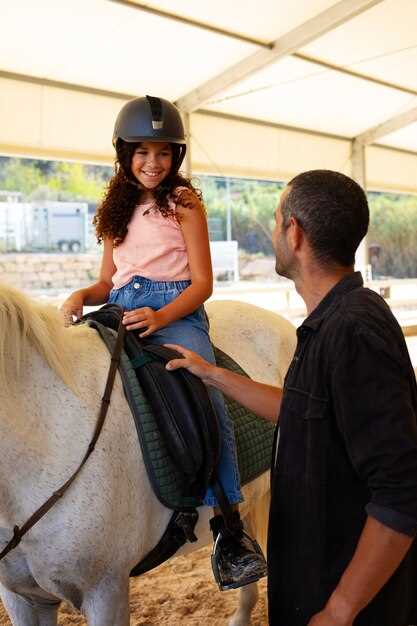
Club Ride Etiquette Every Rider Should Know

When participating in a club ride, understanding and adhering to essential rules is crucial for ensuring a safe and enjoyable experience for all cyclists involved. Riding in a group not only enhances camaraderie among members but also presents unique challenges that can be easily navigated with proper etiquette. Whether you are a seasoned cyclist or new to the club scene, it’s vital to grasp the norms that govern group rides.
Club rides are more than just a means of exercise; they are an opportunity to connect with fellow cycling enthusiasts while honing your skills. The safety of the group hinges on every member’s commitment to following established rules and communicating effectively. Familiarizing yourself with these etiquettes will not only improve your riding experience but will also foster a respectful environment where everyone can thrive.
In this article, we will explore the key aspects of ride etiquette that every cyclist should know. From proper positioning on the road to understanding hand signals, these guidelines will help you contribute positively to the group dynamic and ensure that every ride concludes without incident. Embracing these principles will elevate the enjoyment of riding within the club and build lasting relationships among members.
Understanding Hand Signals for Safe Group Riding

Effective communication is crucial when riding in a club or group setting. Hand signals serve as a universally understood method to convey intentions and enhance safety. When you use hand signals correctly, you help eliminate confusion and ensure that all riders are aware of changes in the group’s movement.
One of the most common hand signals is the left hand extended straight out to signal a left turn. This should be used well in advance of the turn to alert surrounding cyclists. For a right turn, extend your right arm, or alternatively, you can use your left arm bent at a 90-degree angle to indicate you’re turning right. Both signals must be broadcast clearly and noticeably to ensure that all riders can react appropriately.
To indicate slowing down or stopping, simply place your left hand down, palm facing backward. This signal is vital when riding in a close-knit group, as it helps prevent sudden stops, which can lead to accidents among cyclists. It is essential to call out “slowing” or “stopping” in conjunction with this signal to maximize awareness within the group.
Additionally, warning signals for obstacles are crucial for maintaining safety. If you encounter a pothole, gravel, or any other hazard, raise your hand and point towards the danger while verbally alerting the group. This procedure ensures that everyone has enough time to navigate the obstacle safely.
Riders should practice these hand signals regularly to develop muscle memory, making it second nature during rides. Clear communication through hand signals boosts group cohesion and enhances the overall riding experience. Therefore, mastering these signals is a fundamental part of riding etiquette every cyclist must understand in a club or group environment.
Maintaining Proper Distance and Speed in a Peloton

When riding in a peloton as part of a cycling club, adhering to specific rules regarding distance and speed is crucial for safety and efficiency. Proper spacing between cyclists reduces the risk of collisions and allows for smoother handling of the group dynamics.
A general guideline is to maintain a distance of about one to two bike lengths between you and the rider in front. This space provides ample reaction time for sudden stops or shifts in pace. Maintaining this distance ensures that the peloton can move cohesively, allowing everyone to ride effectively while minimizing the chances of accidents.
Speed management is equally important in a group setting. Cyclists must communicate openly about pace changes, often through hand signals or verbal cues. The leader of the club rides is typically responsible for setting a steady speed that accommodates all riders’ abilities. It is essential to avoid sudden accelerations or decelerations, as they can disrupt the flow and create dangerous situations.
Understanding the rhythm of the group helps in managing one’s effort level in relation to the overall speed. Being aware of the riders around you and adjusting your speed accordingly fosters a united front, making the riding experience enjoyable for everyone. Through practice and adherence to these rules, cyclists in a club can create a safe and efficient peloton that enhances the joy of group riding.
Following Club Rules to Foster a Positive Riding Environment
Adhering to the established rules of a cycling club is essential for creating a harmonious and enjoyable atmosphere for all members. These regulations are designed not only to ensure safety but also to promote camaraderie within the group. A cohesive riding environment enhances the experience for everyone involved.
Here are some key points regarding the importance of following club rules:
- Safety First: Club rules often include safety guidelines that protect all cyclists. This can involve wearing helmets, signaling turns, and maintaining a safe distance from others.
- Respect for Fellow Riders: By following group etiquette, such as not overtaking dangerously or blocking others, cyclists show consideration for their peers, fostering a friendly atmosphere.
- Consistency in Riding Pace: Adhering to the group’s designated speed helps maintain cohesion. It prevents members from feeling left behind or pressured to keep up.
- Clear Communication: Club rules often outline how to communicate effectively while riding. Using hand signals and vocal alerts ensures everyone is aware of potential hazards or changes in direction.
Moreover, understanding and applying these rules can lead to:
- Stronger Bonds: Following rules encourages interaction and teamwork, allowing cyclists to build friendships and trust within the group.
- Enhanced Enjoyment: When everyone follows the same guidelines, the ride becomes more predictable and enjoyable, minimizing stress and confusion.
- Promoting New Members: A well-structured environment increases the likelihood of attracting new cyclists who want to join a positive and organized group.
In conclusion, adhering to club rules is vital for nurturing a positive riding environment. Every cyclist’s commitment to these regulations plays a significant role in shaping the collective experience, ensuring that the cycling club remains an inviting and enjoyable space for all.